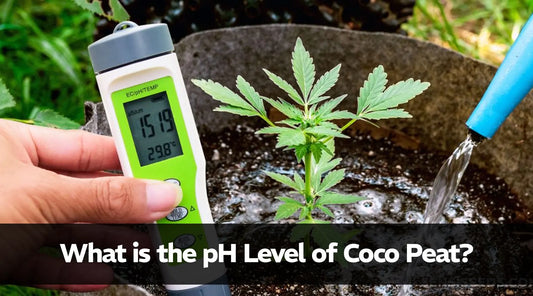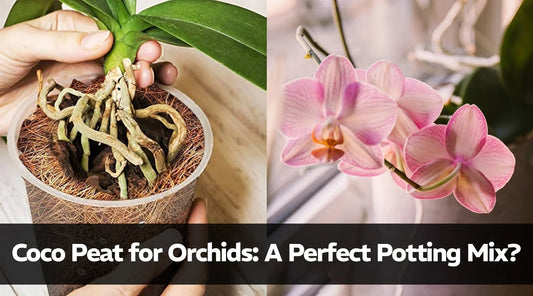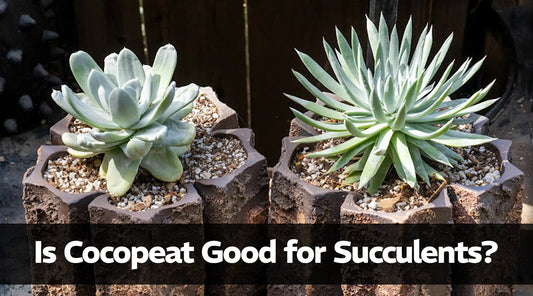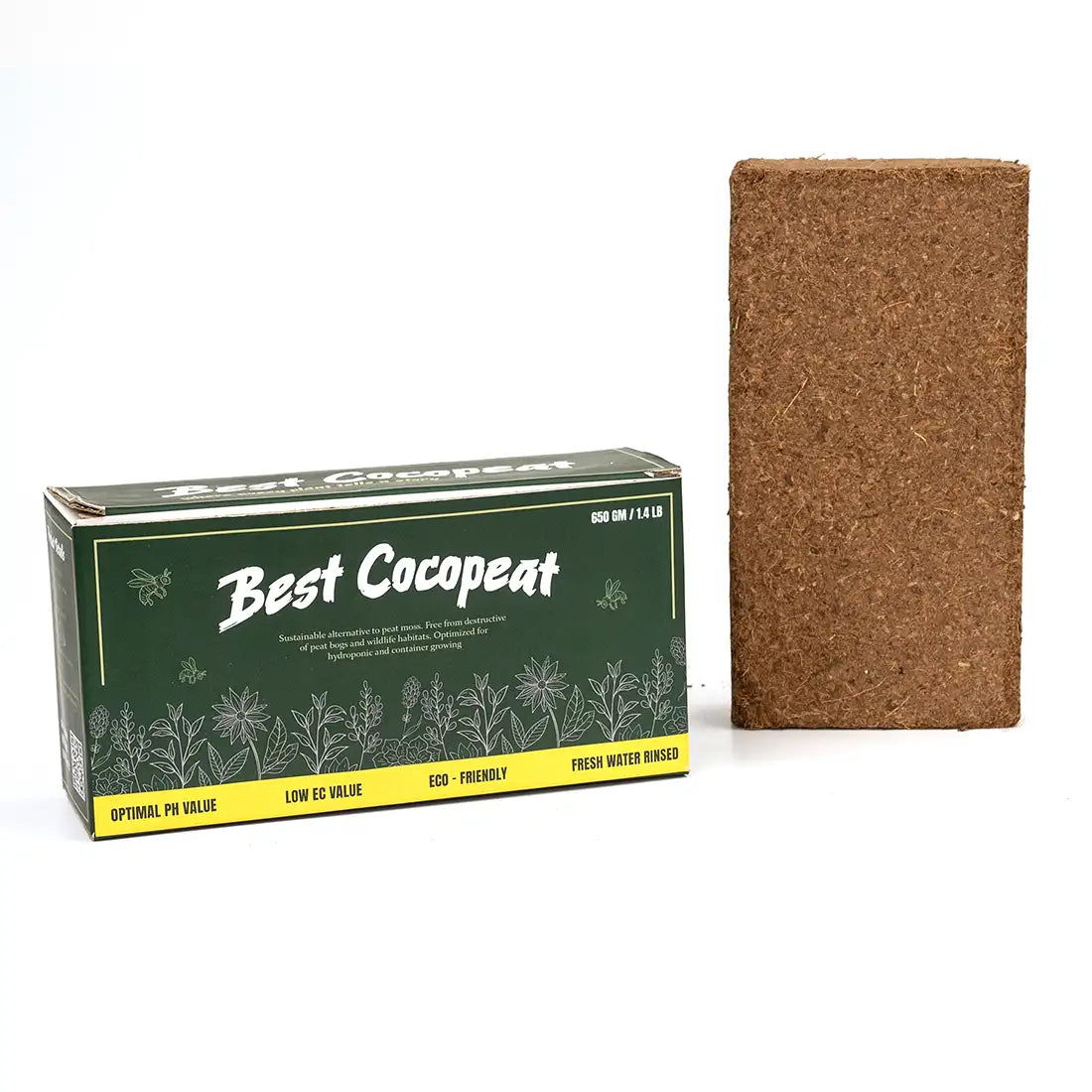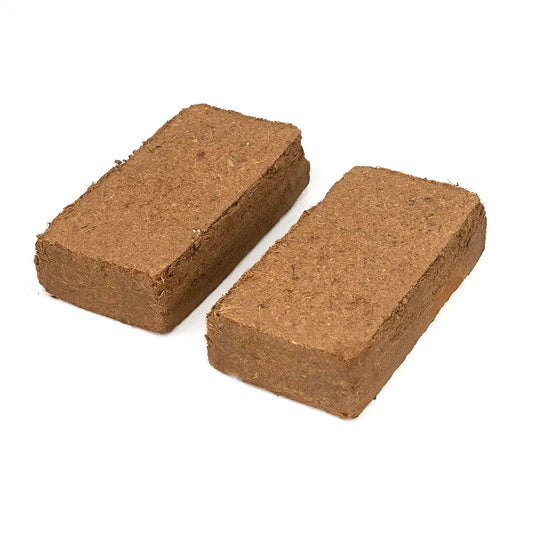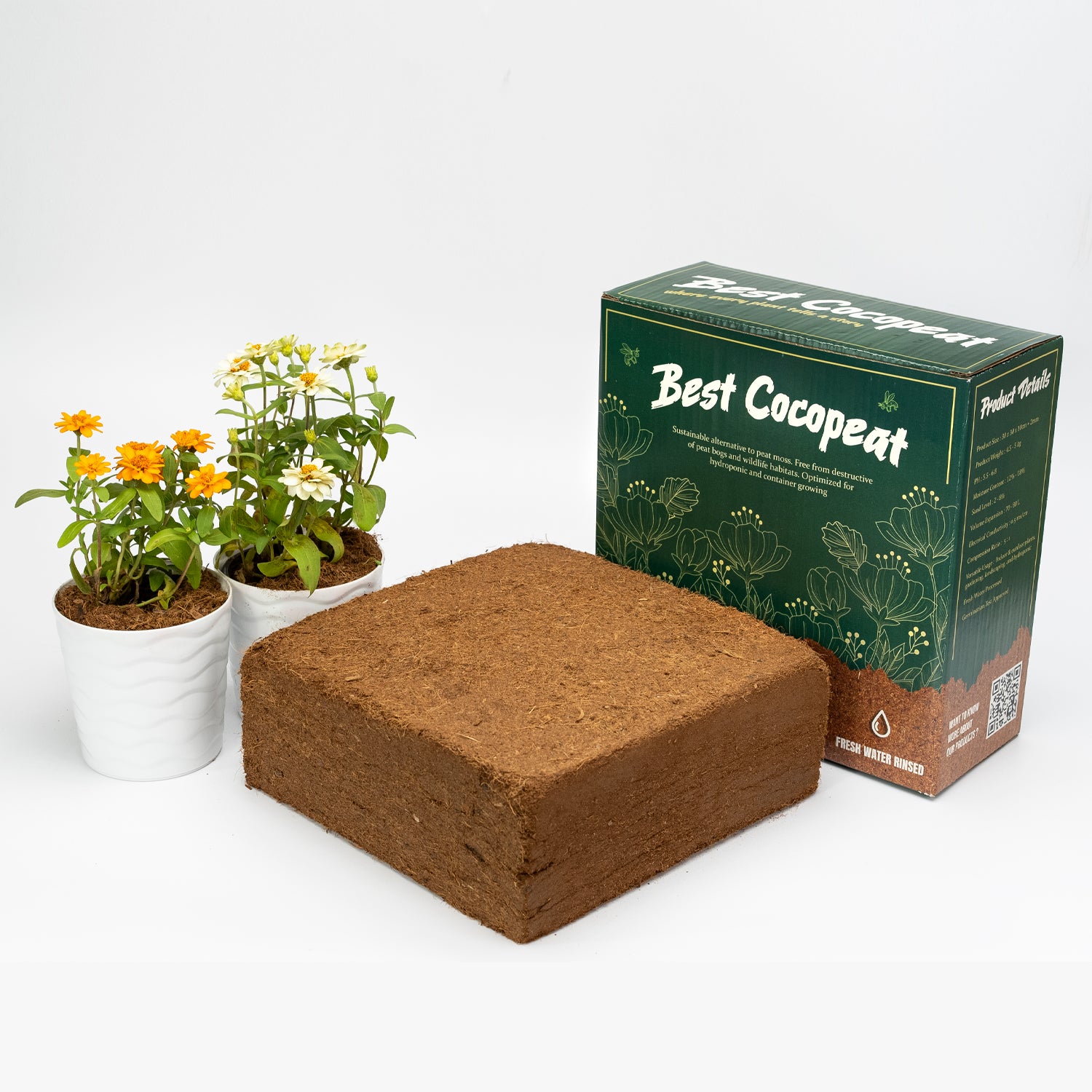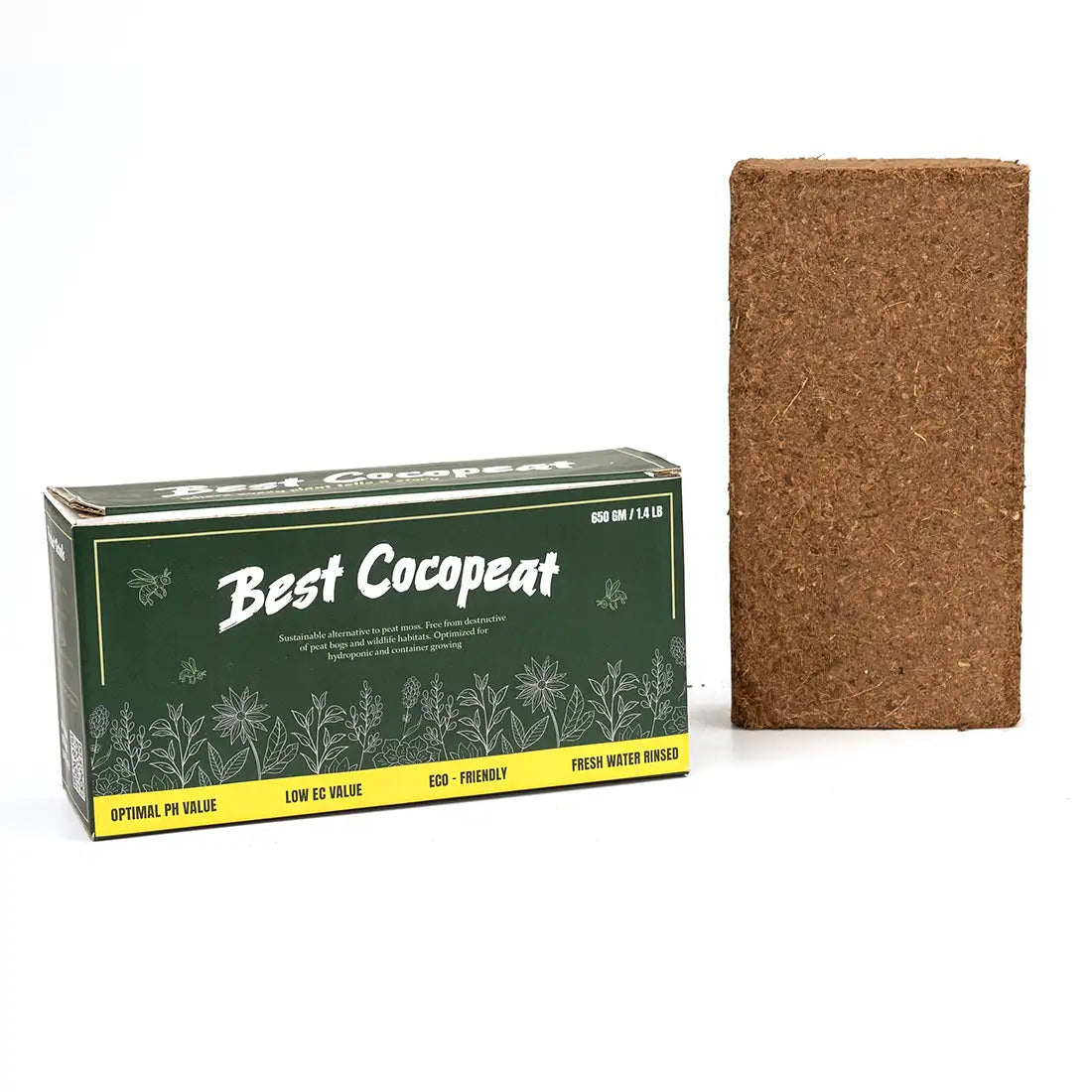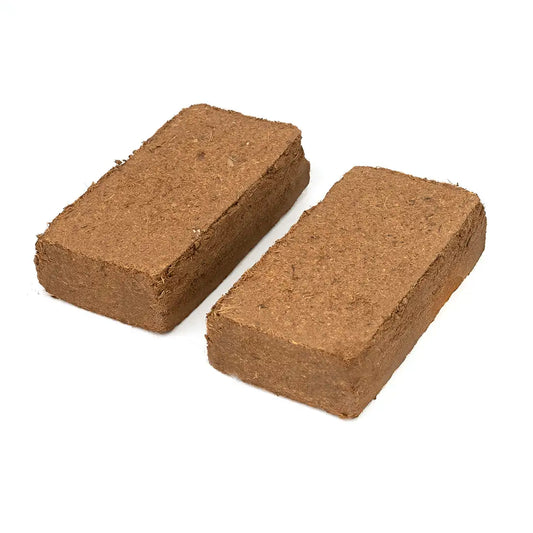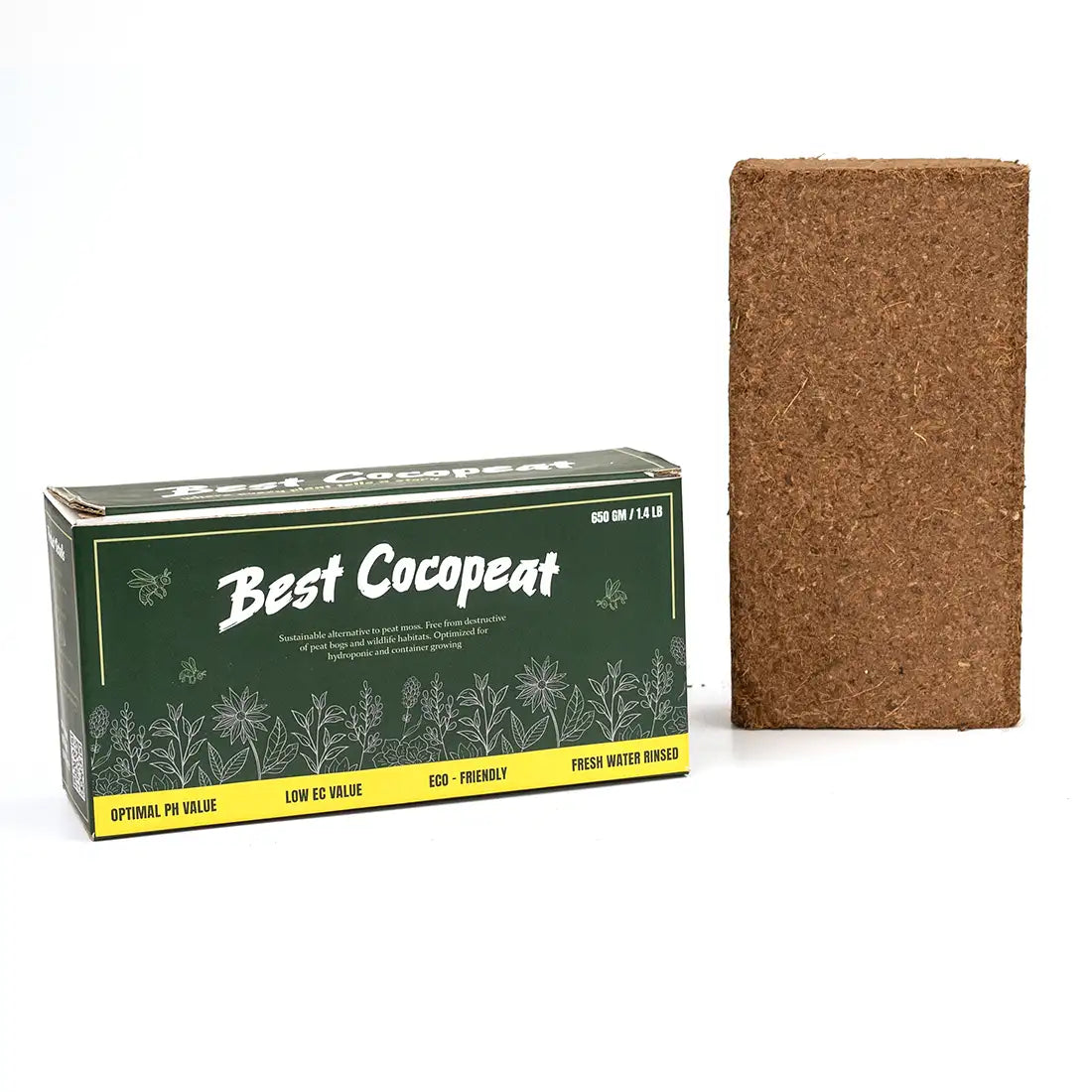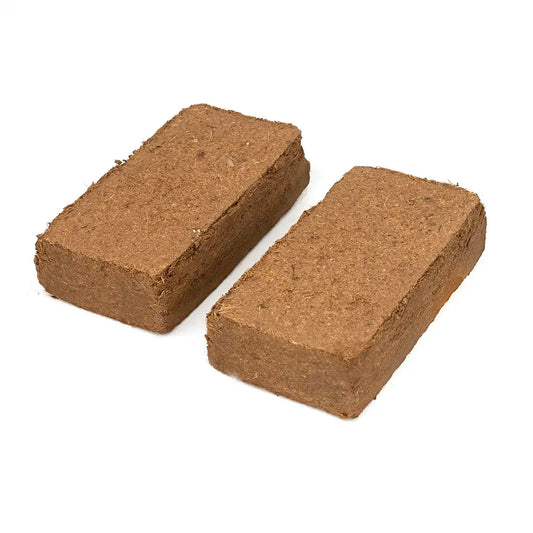Gardening can be a rewarding and peaceful hobby, especially when it comes to planting flowers. Whether you’re hoping to add vibrant colors to your yard or create a calm space to relax, flower gardening offers an excellent way to get in touch with nature. Not sure where to start? Here’s an easy step-by-step guide to help you grow a beautiful flower garden.
1. Pick the Perfect Spot for Your Garden

The first step in creating a successful garden is choosing the right location. Here are a few things to keep in mind:
- Sunlight: Most flowers need at least six hours of sunlight daily. However, some flowers like begonias or impatiens can tolerate shaded areas, so you don’t always need full sun.
- Soil Quality: Good soil is key. If your soil drains well and is full of nutrients, you’re on the right track. If not, you can improve it by mixing in organic matter like compost or coco peat, which helps the soil hold water better.
- Water: Make sure your flower bed is close to a water source. While flowers don’t need to be watered constantly, they’ll need more during dry spells, especially when they’re blooming.
2. Choose the Right Flowers for Your Space

There are countless flower options to choose from, but here are a few basics:
- Annuals: These flowers only last for one season but are great for adding quick bursts of color. Popular choices include marigolds, petunias, and zinnias.
- Perennials: Perennials are plants that come back year after year. If you’re looking for something long-lasting, consider daisies, lavender, or peonies.
- Bulbs: Flowers like tulips, daffodils, and lilies come from bulbs that you plant in the fall. They’ll bloom in the spring or summer, adding beauty to your garden over time.
3. Get Your Soil Ready

Before planting your flowers, make sure the soil is prepared. Healthy soil means healthy flowers! Here’s how to get it right:
- Test Your Soil: You can buy a simple test kit to check your soil’s pH level. Most flowers prefer a pH level between 6 and 7, but some flowers might need slightly more acidic or alkaline conditions.
- Add Organic Material: Mix in compost or coco peat to improve the soil’s ability to hold water and nutrients. This step will give your flowers the best chance to thrive.
4. Plant Your Flowers the Right Way

Once your soil is prepared, it’s time to plant:
- Spacing: Be sure to follow the spacing instructions for each type of flower. Crowding your flowers too closely together can make it harder for them to grow.
- Depth: Make sure you plant the flowers at the right depth. For most flowers, the hole should be about twice the size of the root ball. If you’re planting bulbs, they need to be planted at a depth that’s about three times their diameter.
- Watering: After you plant, water your flowers well to help them settle in. Just be careful not to overwater, as too much water can lead to root problems.
5. Take Care of Your Flower Garden
Maintaining your garden is simple if you follow these easy tips:
- Watering: Most flowers need about an inch of water a week, whether from rainfall or manual watering. Use a watering can or a gentle hose spray to avoid damaging the flowers.
- Mulching: Mulching helps keep the soil moist, reduces weeds, and adds nutrients back into the soil as it breaks down. Use organic mulch like wood chips or coco peat.
- Fertilizing: Use a slow-release fertilizer to keep your flowers healthy throughout the growing season, but avoid over-fertilizing, which can lead to more leaves than blooms.
- Deadheading: Remove spent or dead flowers to encourage new blooms and keep your garden looking tidy. This process, called deadheading, helps the plant put more energy into growing new flowers.
6. Handle Pests and Diseases Naturally
Even healthy gardens can attract pests and diseases, but you can manage them:
- Pests: To keep harmful bugs at bay, encourage beneficial insects like ladybugs. You can also use organic solutions like neem oil to protect your flowers naturally.
- Diseases: Fungal diseases can be avoided by watering your flowers at the base rather than from above, which can promote fungal growth. Giving your plants plenty of space for air circulation also helps. Coco peat is great for preventing fungal issues since it has anti-fungal properties.
7. Enjoy the Beauty of Your Flower Garden

After all your hard work, your flowers will begin to bloom, rewarding you with a beautiful, colorful display. Take time to enjoy the view, and don’t hesitate to cut a few flowers to bring indoors. After all, what’s better than fresh flowers on the table from your very own garden?
With these simple steps, anyone can create a thriving flower garden, whether you're a first-time gardener or someone with a little more experience. Happy gardening.
General Tips for Beginner Gardeners
In addition to the vegetables mentioned above, it's essential to prepare your soil properly for optimal growth. Cocopeat is an excellent soil amendment for beginner gardeners. Made from coconut husks, cocopeat improves soil aeration, retains moisture, and promotes healthier root development. It's particularly beneficial for starting seeds, as it provides a lightweight and well-draining growing medium. You can learn more about the benefits and uses of cocopeat by visiting bestcocopeat.com. Incorporating cocopeat into your garden can make growing these easy vegetables even more successful.



